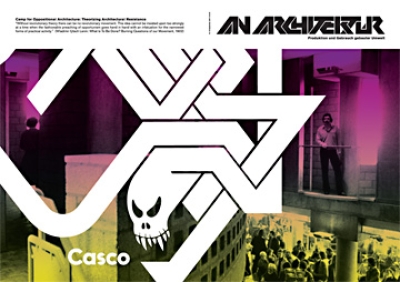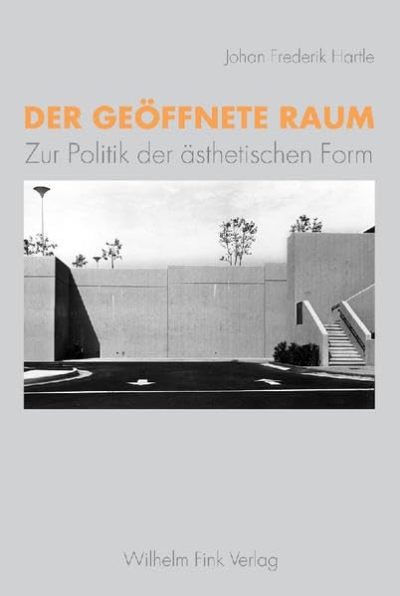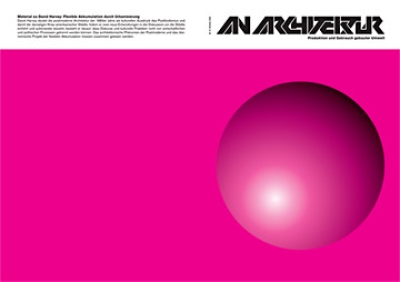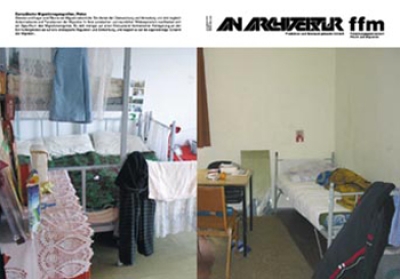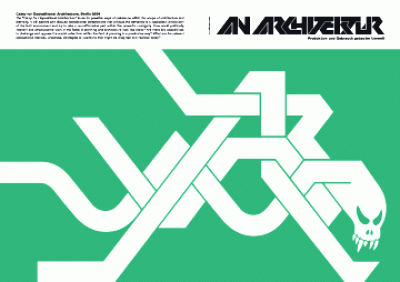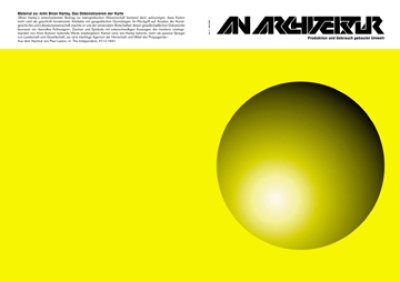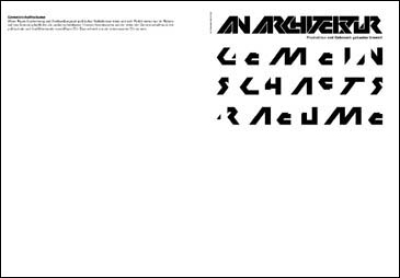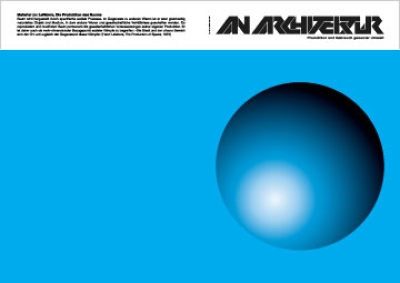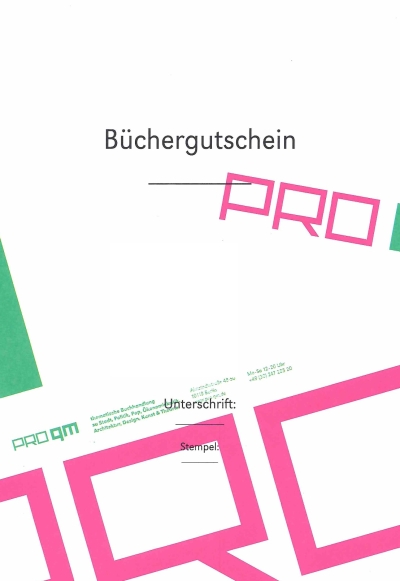
Raumgeben - der Film dem Kino
1970 provozierte Karsten Witte mit der Forderung nach einer Theorie des Kinos im Unterschied zu der des Films, die es ja gab. Witte war damals Herausgeber der Schriften Siegfried Kracauers, Kritiker und Literaturwissenschaftler, der erste Filmseminare in Frankfurt am Main hielt. Die Provokation implizierte ein Moment der Praxis: Unterstützung für die Kinobewegung, die in dieser Zeit politisch und cineastisch motiviert um Erhalt und Erneuerung des Kinos kämpfte. »Was geschah danach in Kritik und Wissenschaft?« - dies ist eine erste Frage, die sich das Buch stellt, um zu rekapitulieren, wie und wo Kino in den siebziger und achtziger Jahren ins Zentrum der Aufmerksamkeit gelangte, bevor »die neuen Medien« den Film adaptierten. Am Ende wurde das Interesse ein historisches, das sich bis heute hält und die Theorie zur »Koalition« auffordert. Heute hat das digitale Medium, das »Bewegtbild«, Einzug in die Kinos gehalten und nivelliert damit augenscheinlich dessen Bedeutung für den Film. Erübrigt es sich? Dieses Buch nimmt das Desiderat einer Theorie des Kinos wieder auf [nicht ohne praktische Absicht] und konzentriert sich auf den Raum in seiner geschichtlichen Wirklichkeit und Wirkung. Der Kinoraum rückt in die Perspektive des historischen Transformationsprozesses der Räume des Privaten und Öffentlichen. Auch das ist eine Wiederaufnahme von Diskussionen der 1970er Jahre. Damals jedoch ging es um Kino im Zusammenhang mit dem »Verfall« der bürgerlichen Öffentlichkeit: Kino als massenkulturelle, als proletarische Öffentlichkeit, als Gegenöffentlichkeit. Im Unterschied zu dieser Diskussion ist das Hauptinteresse des Buchs, das Kino als Teil der Geschichte des Privatraums zu sehen. Als eine Gegenbewegung gegen Mangel, Verlust, Zerstörung und Entleerung eines Raums, der nicht nur die öffentliche Freiheit trug, sondern immer auch im Zusammen mit dem außergesellschaftlichen Leben, Naturprozessen und der »Umwelt« stand.

